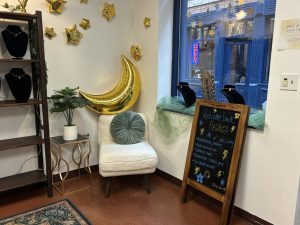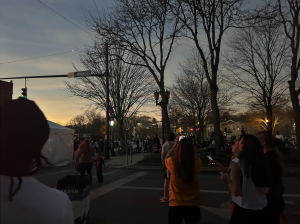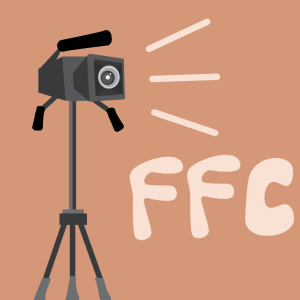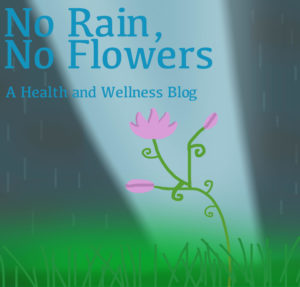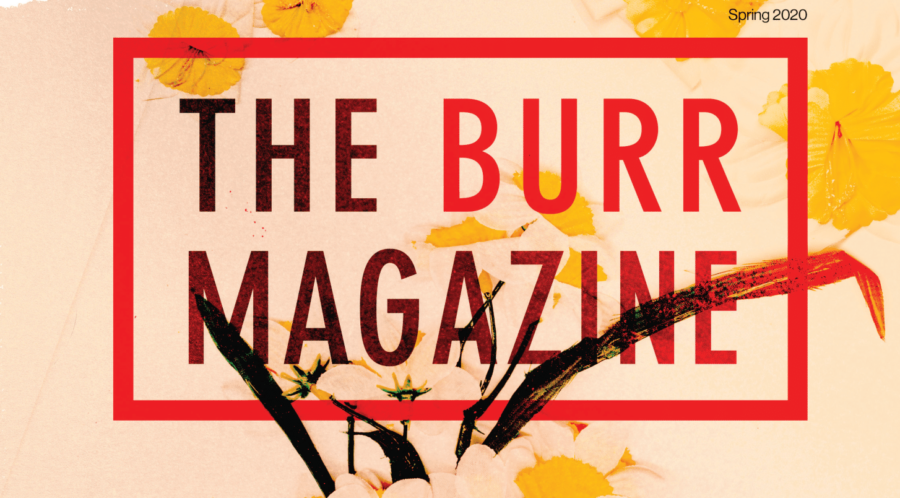Written by Madison Obenrader for Spring 2020 issue of The Burr Magazine
It was a cloudy day in Manhattan, New York when student activists successfully made a difference through their right of free speech by protesting.
In April 1968, Columbia University was constructing a segregated gym in Morningside Park, the barrier between Columbia and Harlem.
School administrators wanted black students to enter the gymnasium through the back door on the Harlem side, mockingly called the “Gym Crow” door.
On April 23, students started to rally on campus and soon rushed to Hamilton Hall, where 86 black protesters did a sit-down and went on strike for an entire week.
Then, on April 30, nearly 1,000 police officers arrived on campus. There were over 100 student injuries and 700 arrests. This was one of the largest mass arrests in New York City history.
But the attention brought by the student demonstrators worked, and the gym was never built.
College campuses have always had a history of student activism. In the ‘60s and ‘70s, students marched for civil rights and social justice and protested the Vietnam War.
The student protest era picked up in 1968 when Richard Nixon was elected president of the United States after he assured voters he would bring an end to the Vietnam War. But on April 30, 1970, President Nixon broke his promise and sent U.S. troops to invade Cambodia.
“Most college students at that time had someone either in their family, or friends, or themselves, (who) had been in the war or were currently in the war,” says Pat Gless, who was a student at Kent State during 1970. “So it was a vested interest in students to bring their family members and friends home.”
College campuses all across the nation started to protest the war, including Kent State University.
“I protested by joining the marches,” Gless says. “A march would start on campus and they would gather as many students as possible, and some of us carried signs protesting the war. We would march through Kent, and we would march downtown and then back to the campus. And I felt kind of proud to do that.”
But the situation was becoming more violent as confrontations between student demonstrators and police officials escalated.
Mayor of Kent LeRoy Satrom declared a state of emergency and asked Governor Rhodes to send in the Ohio National Guard to campus to help maintain order.
On May 4, 1970, the Ohio National Guard fired into the crowd, wounding nine and killing four.
But many wonder how things could have gone so wrong on that day.
“There shouldn’t have been active shooters,” Quinn McCandless, a junior fashion merchandising student at Kent State, says. “It’s not like any of them had guns.”
Gless, who was on Kent State’s campus the day of the shooting, feels the same way. “I think it was totally uncalled for,” Gless says. “I guess I felt, using today’s terms, that we were profiled.”
The event led to a nationwide student strike that caused hundreds of college campuses to close.
What happened on May 4, 1970 at Kent State wasn’t the only time violence broke out during a protest due to police and military presence. In fact, the event escalated college campus protests all throughout the nation.
Just 10 days after the shootings at Kent State, a similar event happened at Jackson State University in Mississippi.
On the evening of May 14, 1970, after a long period of time racially charged confrontations between black Jackson State students and white motorists escalated.
The Jackson Fire Department, state troopers and National Guard all intervened on campus.
Once again, police fired their guns into a crowd of students, killing two and wounding 12.
“You are never truly guaranteed safety voicing your opinion,” Garet Greitzer, a junior visual communication design student at Kent State, says. “Even if it’s for what is truly right.”
Student activism in the ‘60s and ‘70s on college campuses shaped the history of political involvement of young people forever and the legacy of student activism continues. Campus protests still happen today, and students are still fighting for what they believe in, more so now than ever.
“Student protests are speaking out against a lot of different things today: gun violence, which I think is the most prominent, but also wealth inequality and government incompetence,” Greitzer says.
The way student activists demonstrate has changed over the years.
“I think protests have changed because… the different generations that have come since our generation back in the ‘70s have learned how things can escalate very quickly, and peaceful protests are the way to go,” Gless says.
Kent State Police officer Tricia Knoles shares those same feelings about protests today.
“The police do not typically interfere with peaceful protests,” Knoles says. “We have many protests each year at Kent State that usually have little to no police presence.”
This wasn’t the case two years ago when there was an open carry demonstration at Kent State, organized by alumna Kaitlin Bennett, an American gun rights advocate.
On Sept. 29, 2018, hundreds of police officers all over the state of Ohio were “deployed to keep the peace, lining up in riot gear to physically keep the two groups apart,” according to Cleveland.com.
Fifty gun rights activists marched with their guns on their backs and in their holsters through campus to demonstrate for concealed carry. They were soon confronted by 100 counter-protesters.
Four students were arrested, all charged with disorderly conduct and one additionally with assault of a police officer. No one was injured.
“If we are in the area of a protest, it is only to make sure that everyone is safe,” Knoles says. “Our students do well with having peaceful protests and demonstrations.”
Even though students may be known to demonstrate in a more peaceful way, Gless still feels the same way about police and military presence with college protests today as she did 50 years ago.
“I don’t think that’s necessary,” Gless says. “It seems unwarranted. I don’t know what the rationale would be for them.”
Some think the engagement of police and military officials can be present but should be limited during college protests today.
“I would feel safe as long as they aren’t armed,” McCandless says.
As we reflect on the 50th commemoration of the shooting that happened at Kent State, it’s important for all college students to feel safe while protesting and marching for change.
“It’s their right,” Gless says. “They need to be able to, like anyone needs to be able to, express their thoughts and their disagreements. It’s the American way.”


